LATEST INSIGHTS
Your Present Location: LATEST INSIGHTSTrump administration's tariff tempest: Method or madness?
Source: CGTN Published: 2025-04-06
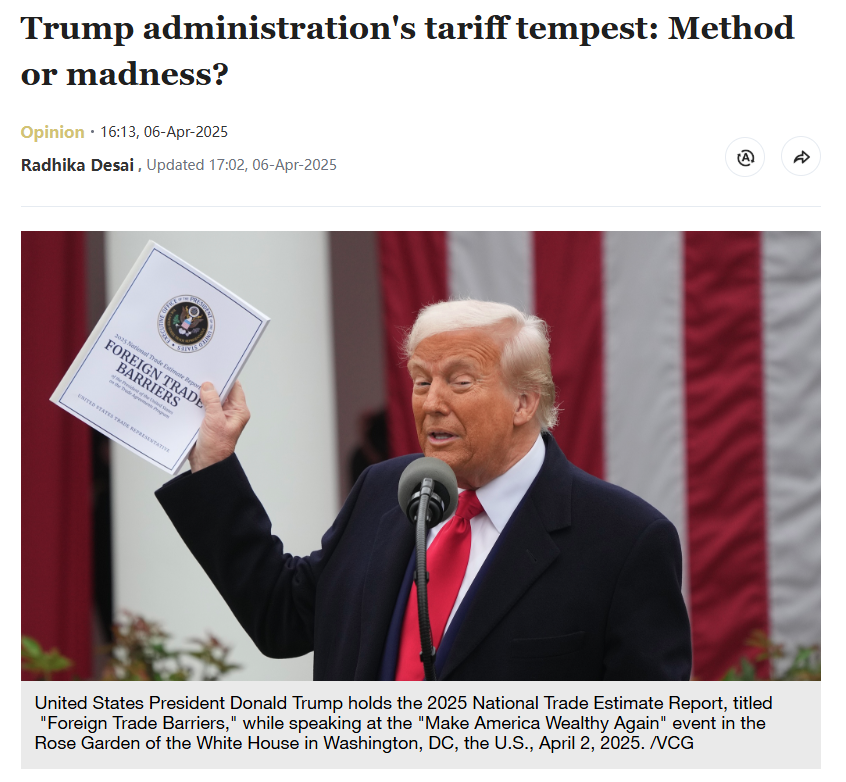
By Radhika Desai
Professor of Political Studies at the University of Manitoba in Canada
"Mad," "crazy" and "insane" are the words working overtime as commentators try to describe the tariffs that U.S. President Donald Trump imposed on what he called "Liberation Day," April 2. Slapping a 25-percent tariff on automobiles and auto parts, along with a flat 10 percent tariff on most countries regardless of whether they run a trade surplus with the U.S., reflects a highly unconventional approach. Even more striking is the use of an arbitrary formula – calculating a country's trade surplus divided by its total exports to produce an index of alleged trade unfairness, which is then "kindly" halved by Trump to determine the applicable tariff. Such measures raise serious questions about the logic and fairness behind U.S. trade policy.
China and East and Southeast Asia are among the worst affected, followed by Europe. Likely because it would have hurt too much, Canada and Mexico were spared in this round. Some of the poorest countries in the world, which export goods to the U.S. but cannot afford to buy very much from it, face some of the highest tariffs.
Commentators are divided between those who think Trump is nuts and those who search for a method in this madness.
On the face of it, the latter do not fare well. The arguments used by the Trump administration do not hold water. It has argued that the tariff will be paid by the countries upon which they are imposed, when in reality they will be paid by American importers. Even if the exporters and the importers decide to swallow some of the increased tariff costs, inevitably, a substantial part will be passed on to the consumer, and inevitably, inflation will be the result.
The idea that the result will re-industrialize the United States is equally flimsy. Tariffs on their own do not result in industrialization. They have to be combined in a carefully designed package of policies – including tax and credit policies, along with scientific and technological support – targeted at specific sectors of industry that are most likely to respond to such policies. Re-industrialization thus requires sectoral tariffs, not the across-the-board blanket tariffs the Trump administration has imposed.
In addition, a proper industrial policy with any chance of success requires the authorities to control the business well enough to change its behavior. However, rather than the government controlling big business, it is big business that controls the government in the United States, hardly promising terrain for a successful industrial policy.
Moreover, re-industrialization requires policy certainty and what Trump's announcements have done is in fact to prolong the policy uncertainty. Trump himself expects that, to put it in his words, "prime ministers, presidents, kings, queens and ambassadors" will be lining up outside the White House or outside Mar-a-Lago, Trump's residence in Florida, in order to renegotiate these tariffs, as will the U.S. corporates affected, in the coming days, weeks and months.
While this seems to accord with the widely held views about Trump's transactional style, in reality, what it reveals is that the Trump administration's manner is that of the mafioso who softens up his opponent with a good beating before negotiating from the resulting position of strength.
Bloomberg reports its index of policy uncertainty, which had shot up to from lows of one or three under Joe Biden to about six when Trump was elected, is now over nine. This is hardly going to encourage investment.
Finally, there is the argument that tariffs are going to increase government revenues and therefore reduce the deficit, though this runs directly against the "re-industrialization" argument. Tariffs can increase revenue significantly only if American consumers continue to buy foreign products, and if they do, they are hardly going to spur the domestic industry.
If there is any method to this madness, it may well turn out to be a rather unsurprising one. Throughout the decades of neoliberal policies since 1980, the U.S. taxation system has become more and more regressive, putting a greater burden on ordinary working Americans while reducing taxes on the rich to a minimum.
The Trump administration's tariffs will continue this ignoble tradition in at least two ways. First, insofar as they increase prices, they will be disproportionately paid by poor and ordinary Americans who spend nearly all their income while the rich spend only a fraction of their income on such goods. Second, Trump is widely expected to approve a huge tax-cutting bill which will further reduce taxes on the rich and part of the justification will be that such tax cuts will be compensated by increases in tariff revenues.
Therefore, out of the mountain of tariffs that threaten to turn into a global trade war will emerge the mouse of further tax cuts.
Key Words: Radhika Desai, Canada, Trump, tariffs











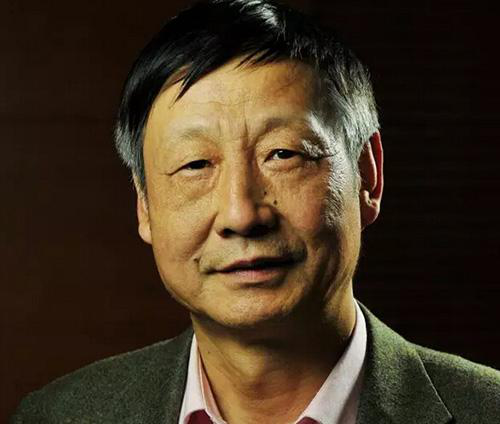















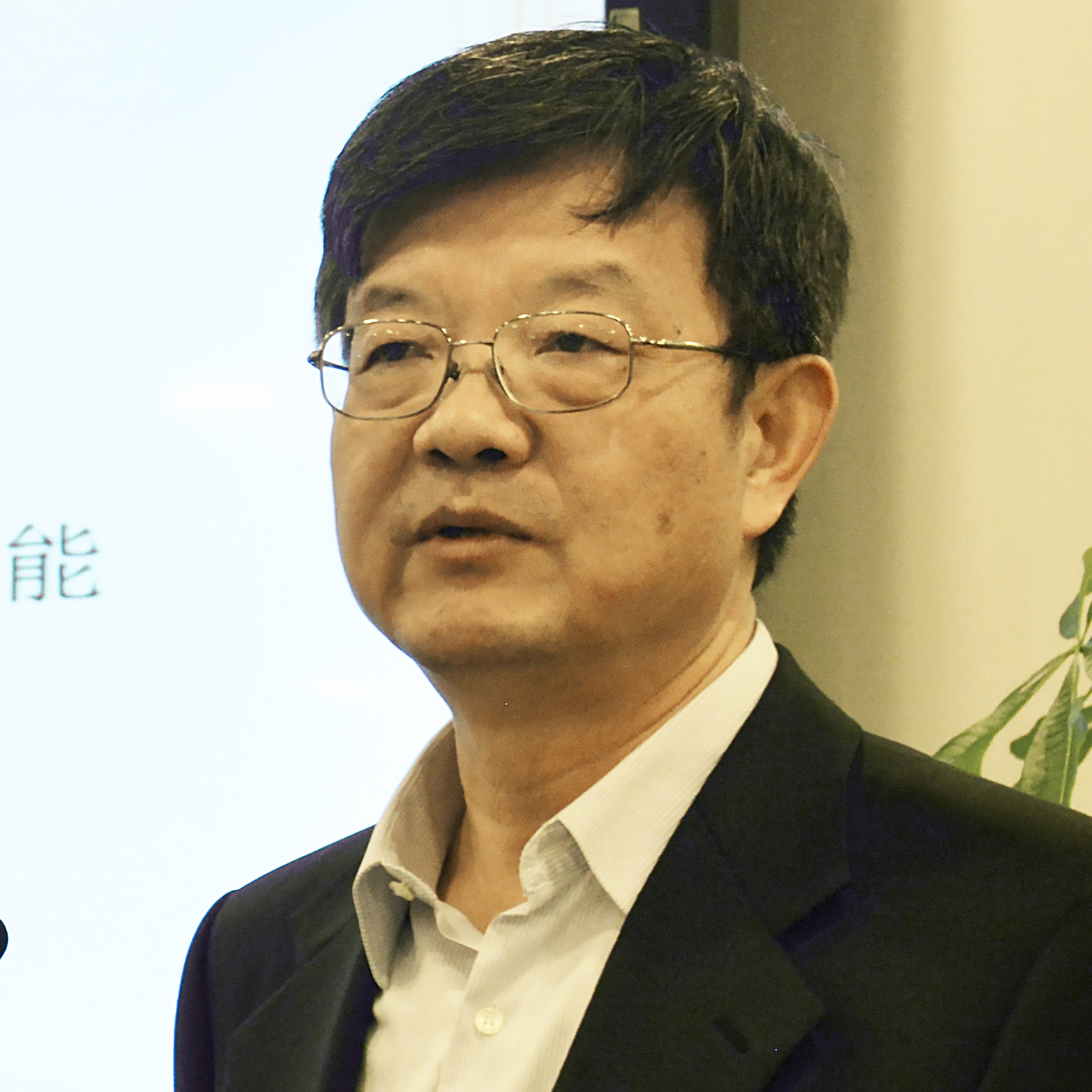





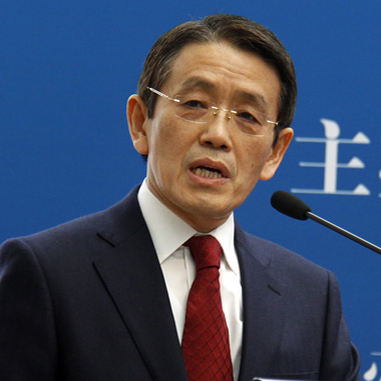

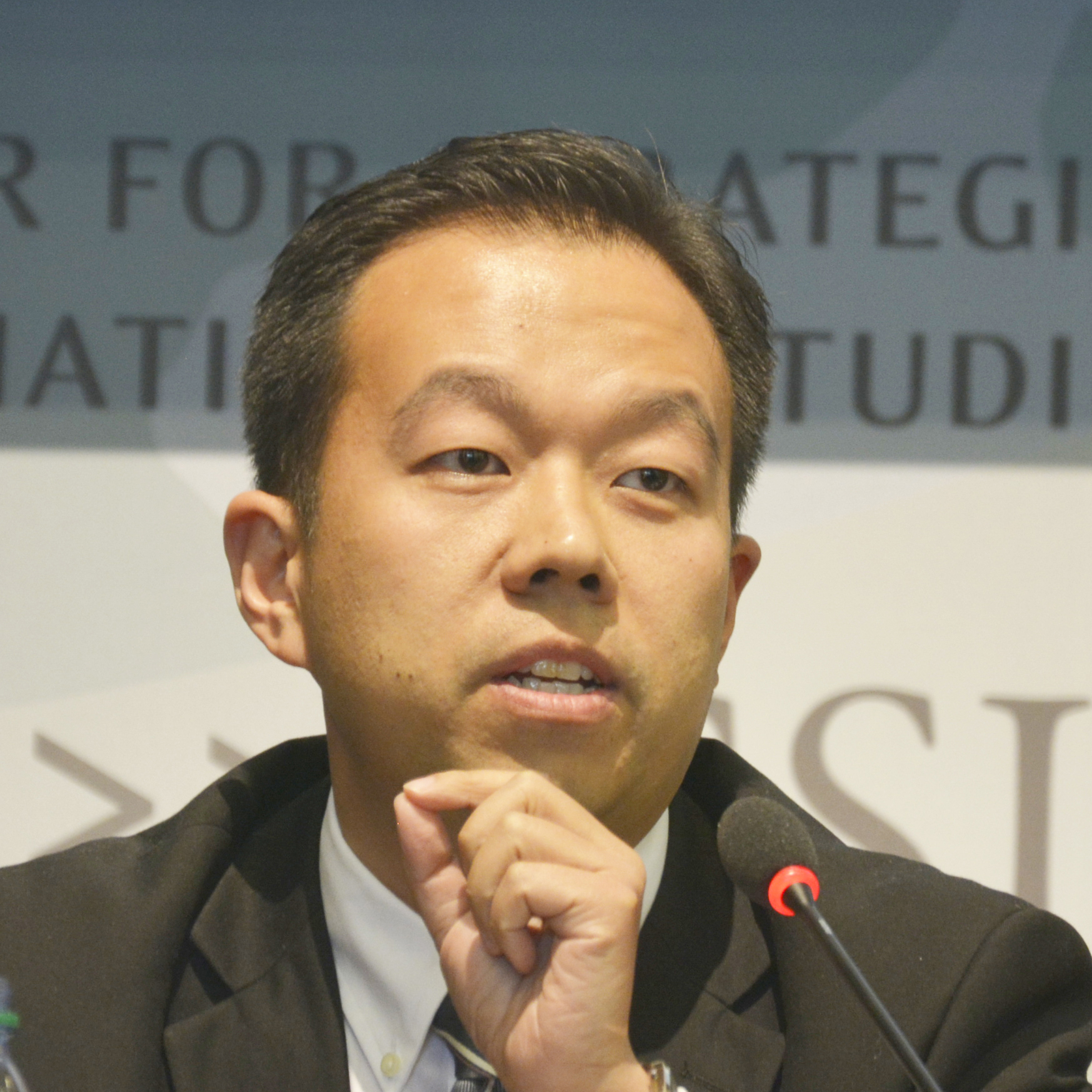

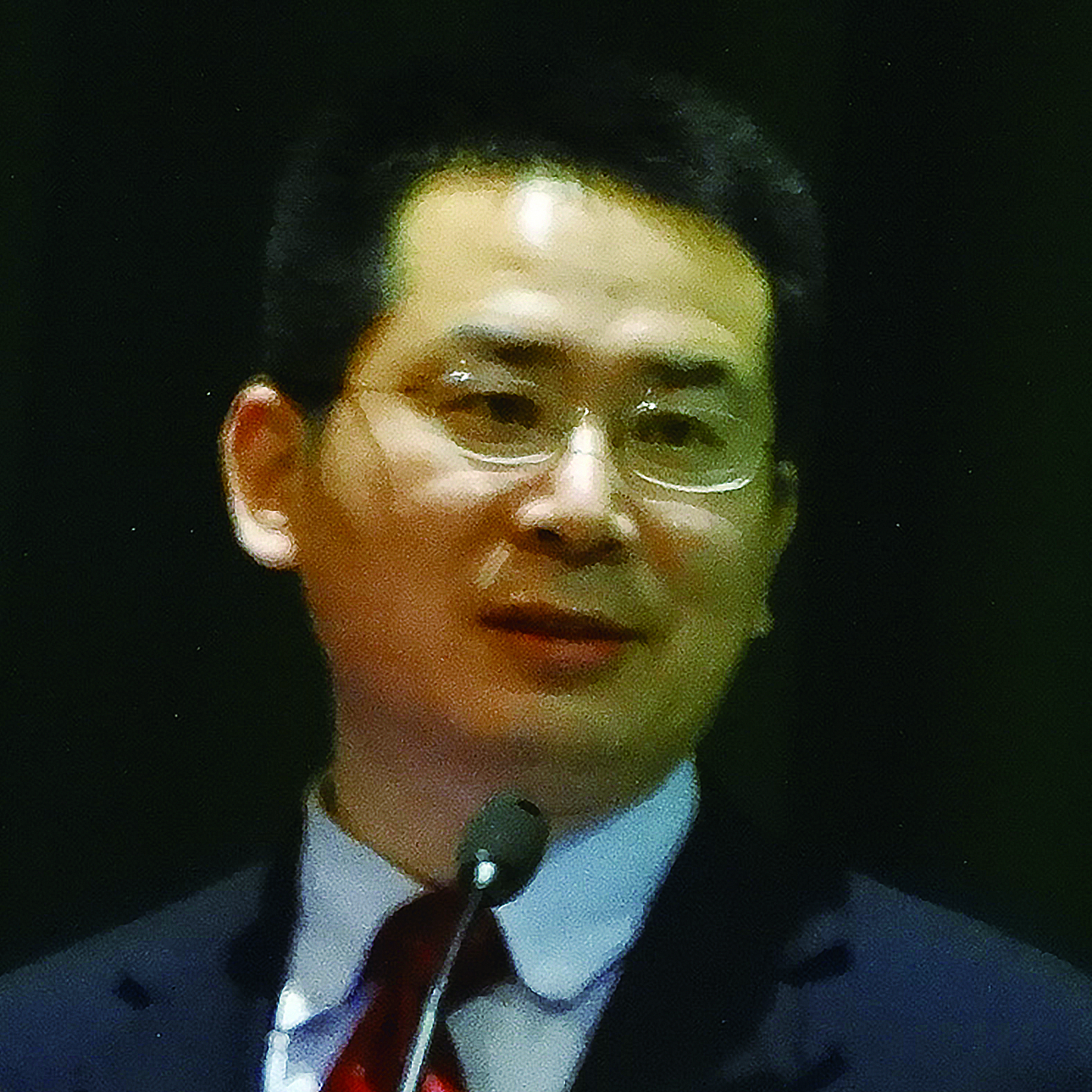







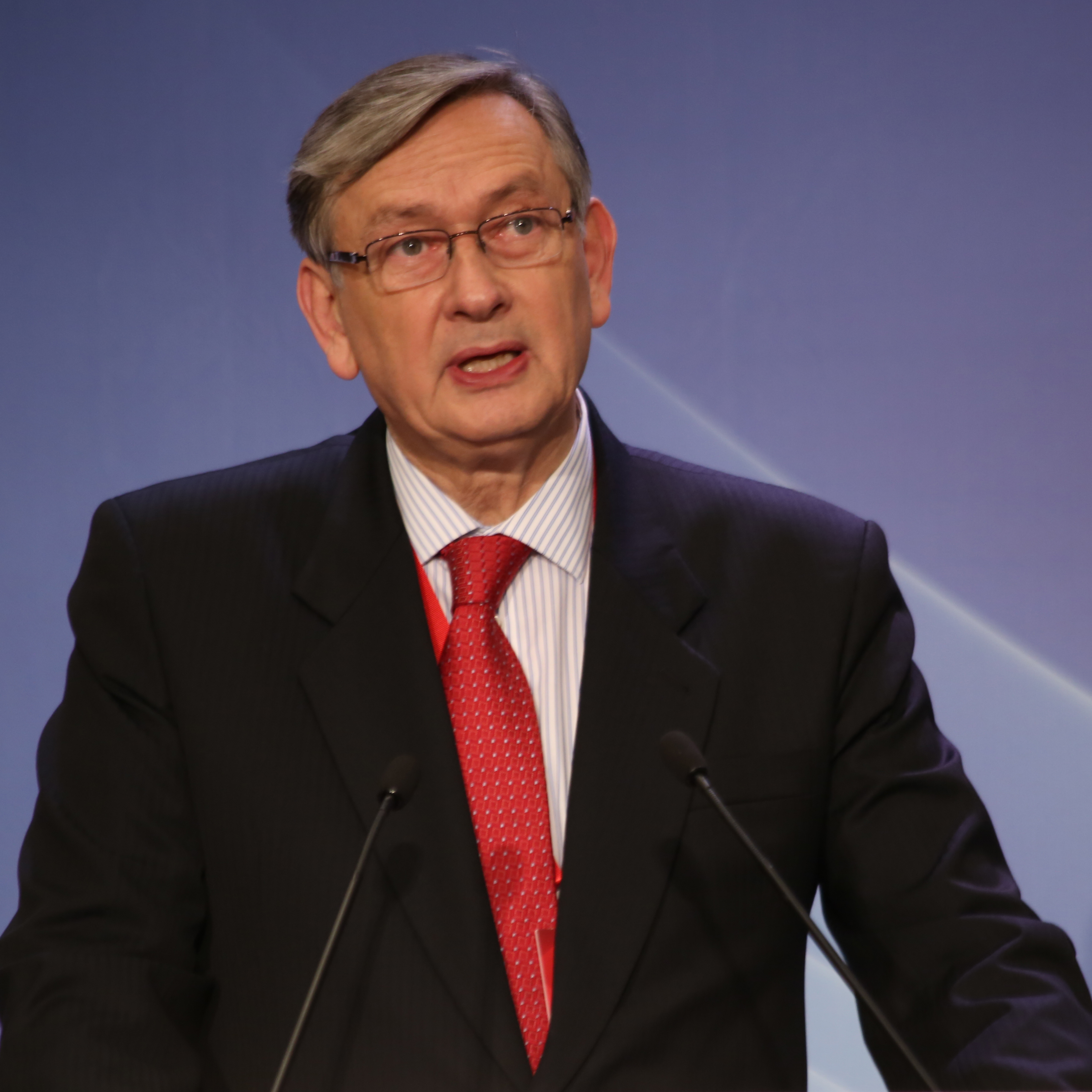
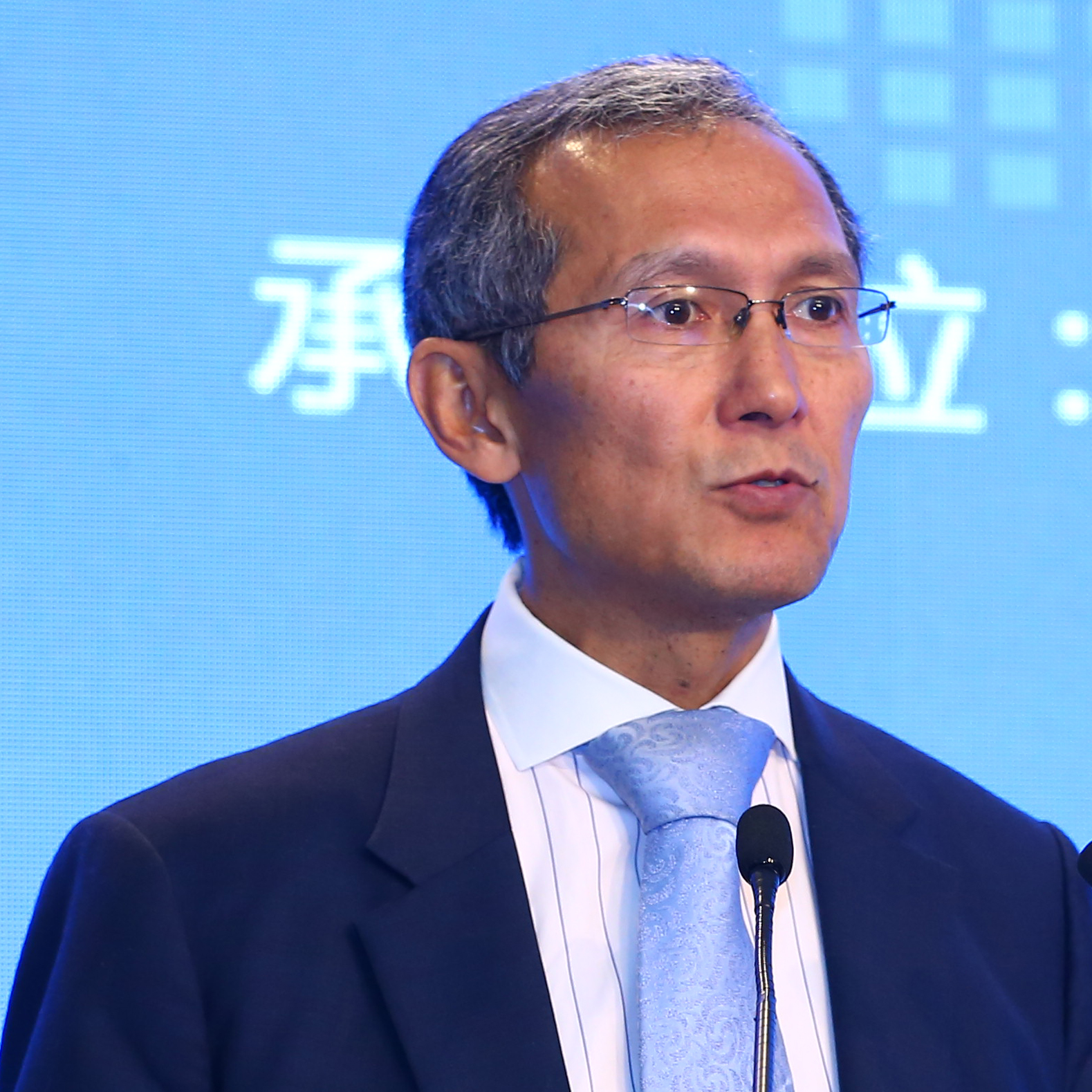
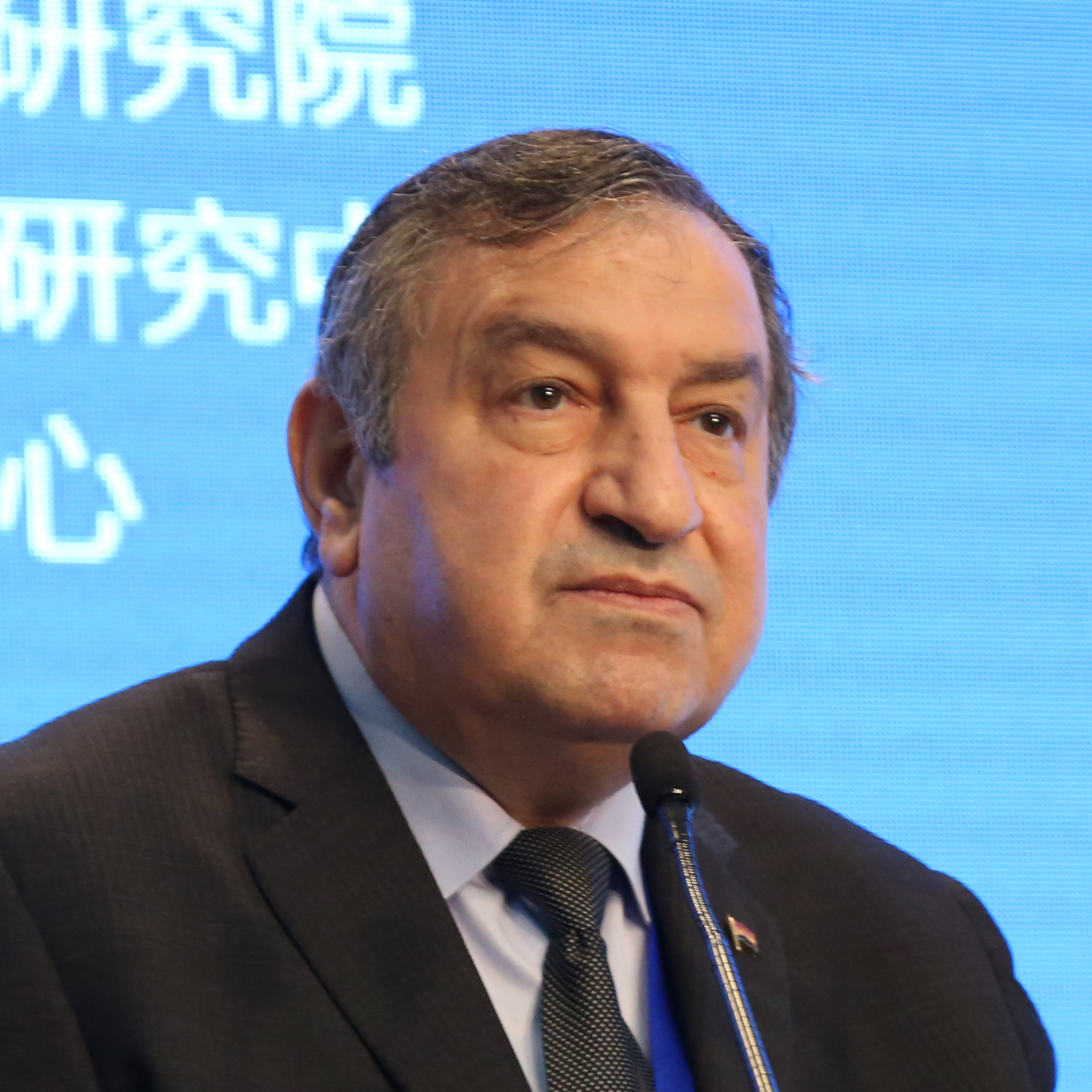

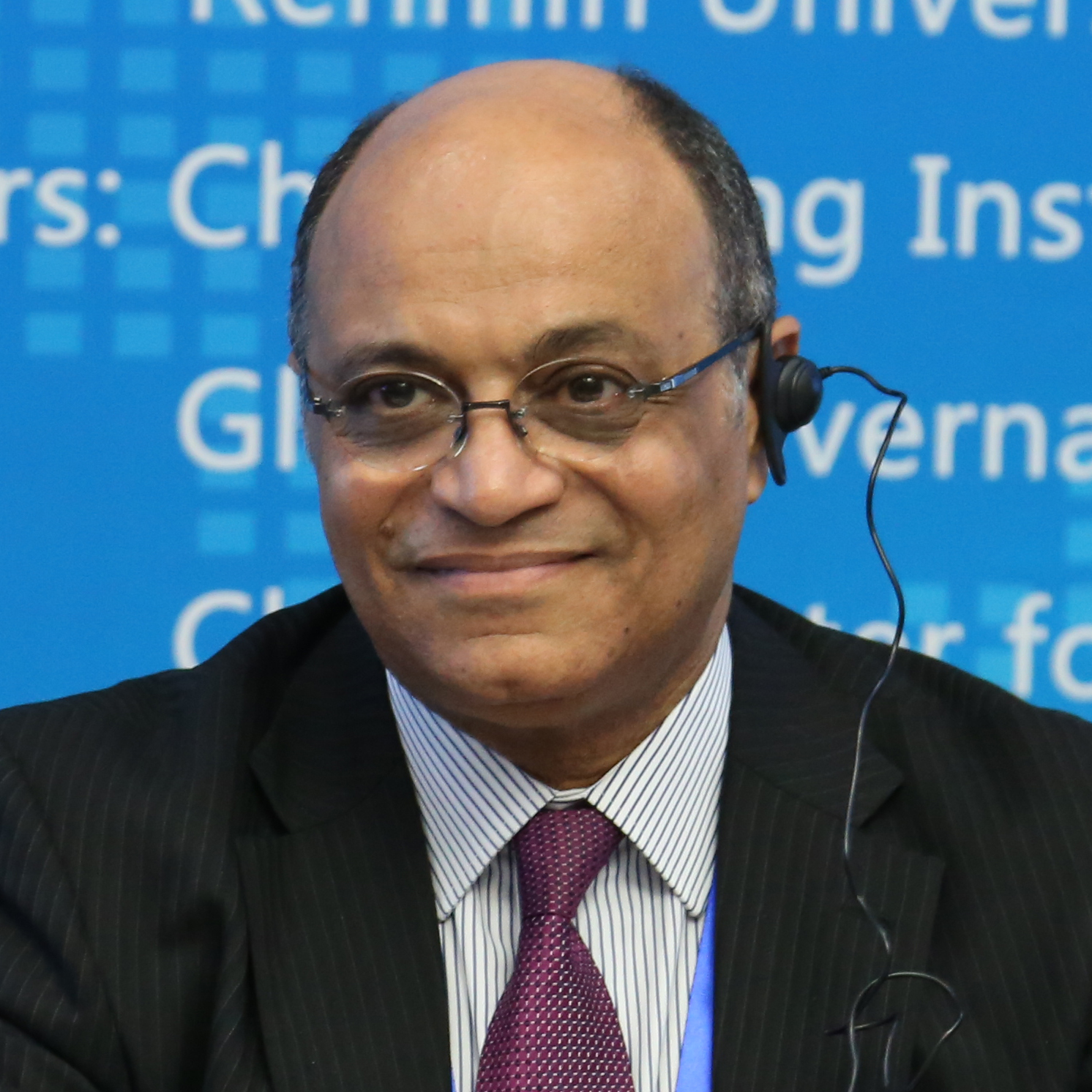










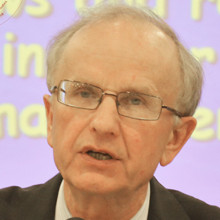



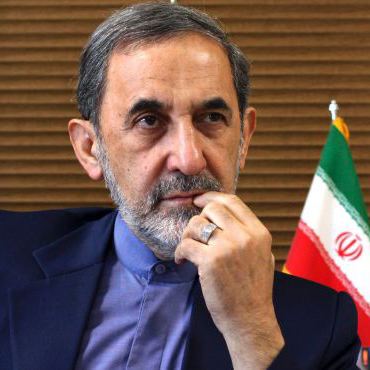




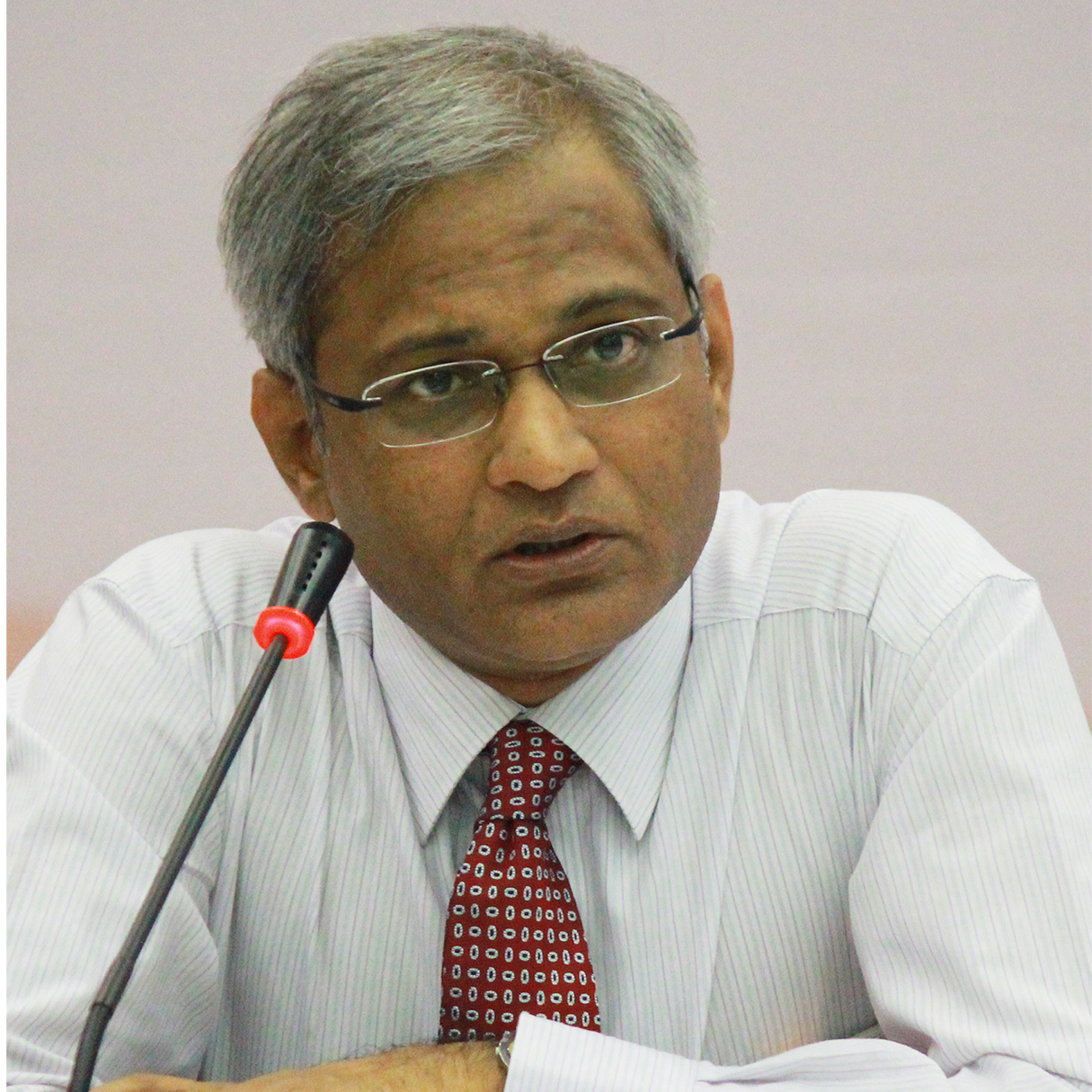

















 京公网安备 11010802037854号
京公网安备 11010802037854号





